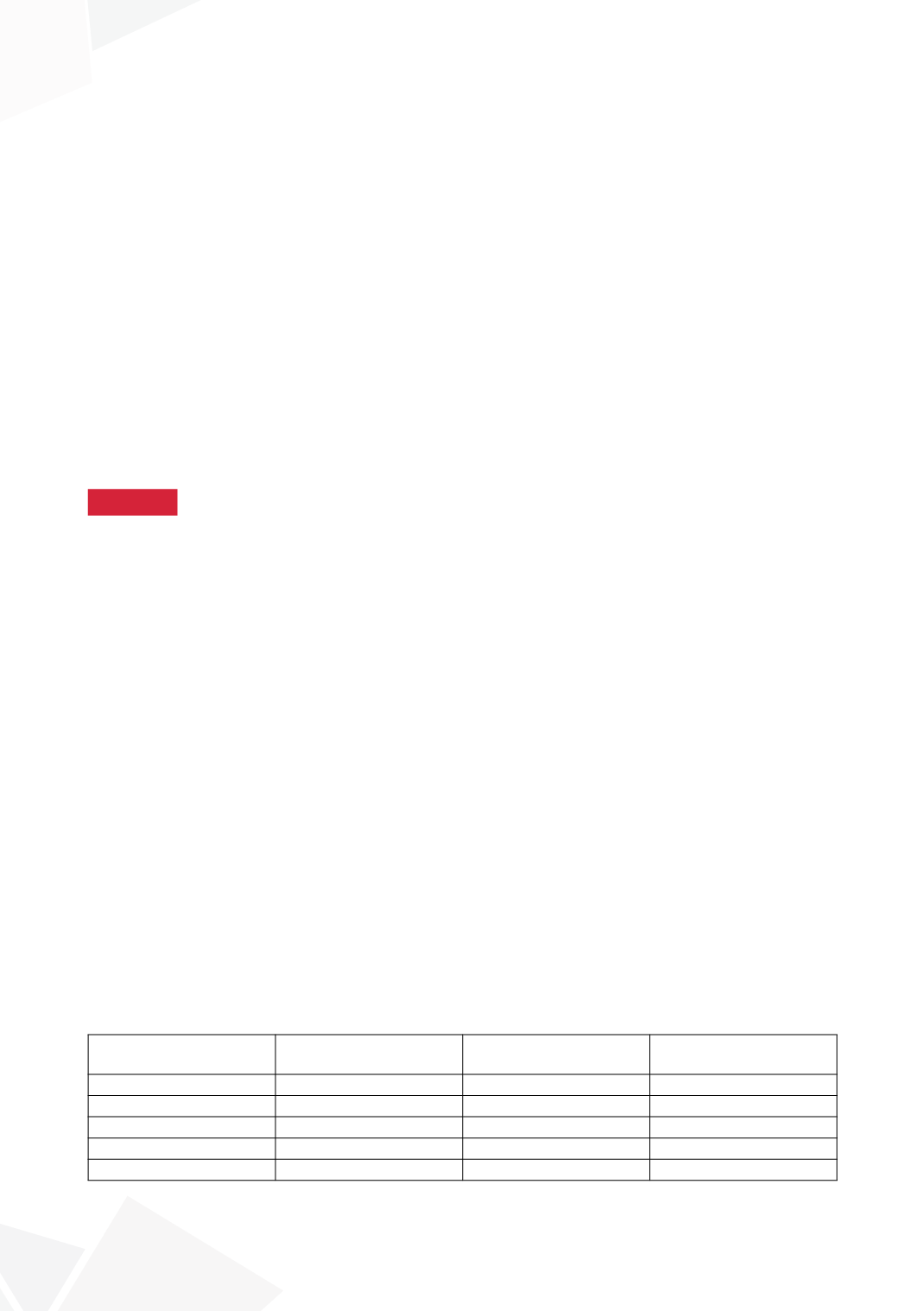

307
19–22 APRIL, 2017, BARCELONA, SPAIN
MATERIAL AND METHODS
From 01/02/2015 through 25/10/2016, all pediatric micturition diaries were evaluated. Following data
were calculated: expected bladder capacity (EBC), average mictionfrequency, morning miction
volume, average miction volume /day, average miction volume compared with % EBC, average fluid
intake, compared with the expected fluid intake, fluid intake before 12, before 16 and after 16 hours,
miction volume night, % miction volume night versus total 24 hours, % mictionvolume night versus
day volume. Bladder sensation was indicated on a scale from 1-5.
RESULTS
127 voiding diaries were evaluated, 24 for diurnal + nocturnal diuresis, 47 for nocturnal diuresis,
30 for diurnal diuresis, 13 for urinary tract infections and 13 for other problems. By calculating, an
objective result is made and a more accurate therapy could be given. The following important data
could be evaluated: high/small miction volumes, amount of drinking, hours of drinking, type of drink,
amount of produced urine during the night versus the day. Data is compared with normal values.
CONCLUSIONS
A proper calculated micturition diary can be an added value for treating voiding disorders.
09:50–10:00
S1-4 (LO)
DOES BMI INFLUENCE THE EFFICACY OF TENS
TREATMENT FOR OVERACTIVE BLADDER IN CHILDREN?
Raheej KHAN
1
, Massimo GARRIBOLI
2
, Joanna CLOTHIER
1
and Anne WRIGHT
1
1) Evelina London Children’s Hospital, Paediatric Nephro-Urology and Bladder Service, London, UNITED KINGDOM
- 2) Evelina London Children’s Hospital - Guy’s and St Thomas NHS Foundation Trust, Paediatric Urology, London,
UNITED KINGDOM
PURPOSE
Day and night-time urinary incontinence secondary to overactive bladder (OAB) is a disorder
frequently observed in children. Current therapies include urotherapy and anti-muscarinic drugs,
however both have shown poor outcomes. Recently, transcutaneous electric nerve stimulation
(TENS) has been demonstrated successful treatment for OAB. We aimed to assess compliance
and success of TENS in our population
MATERIAL AND METHODS
We randomly selected a cohort of patients from our prospectively maintained database. Patients
were prescribed TENS treatment for a maximum of 84 days. A bladder-voiding diary was completed
by parents. Patients were followed-up 3 months after the initiation of treatment. Demographic data
including age, gender and BMI were collected. Outcome parameters included: resolution of symp-
toms, length of treatment and compliance. We analysed results dividing patients based on compli-
ance (table 2) and BMI (table 3: Underweight (BMI<18.5), normal (18.5< BMI < 25), Overweight
(BMI > 25)).
RESULTS
Total
n=124
Females
n=72(58%)
Males
n=52(42%)
Median age
10(5-17)
11(5-17)
10(5-15)
Compliance
105(85%)
63(88%)
42(81%)
Median Days used/84 78(5-84)
78(5-84)
78(11-84)
No response
64(52%)
33(46%)
31(60%)
Partial/complete response 60(48%)
39(54%)
21(40%)









